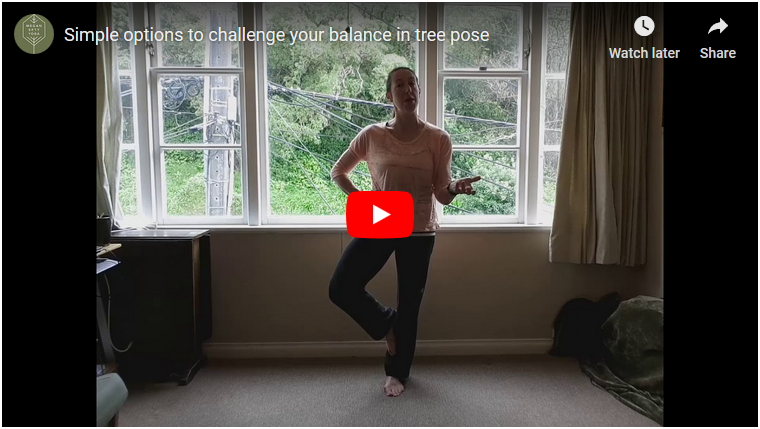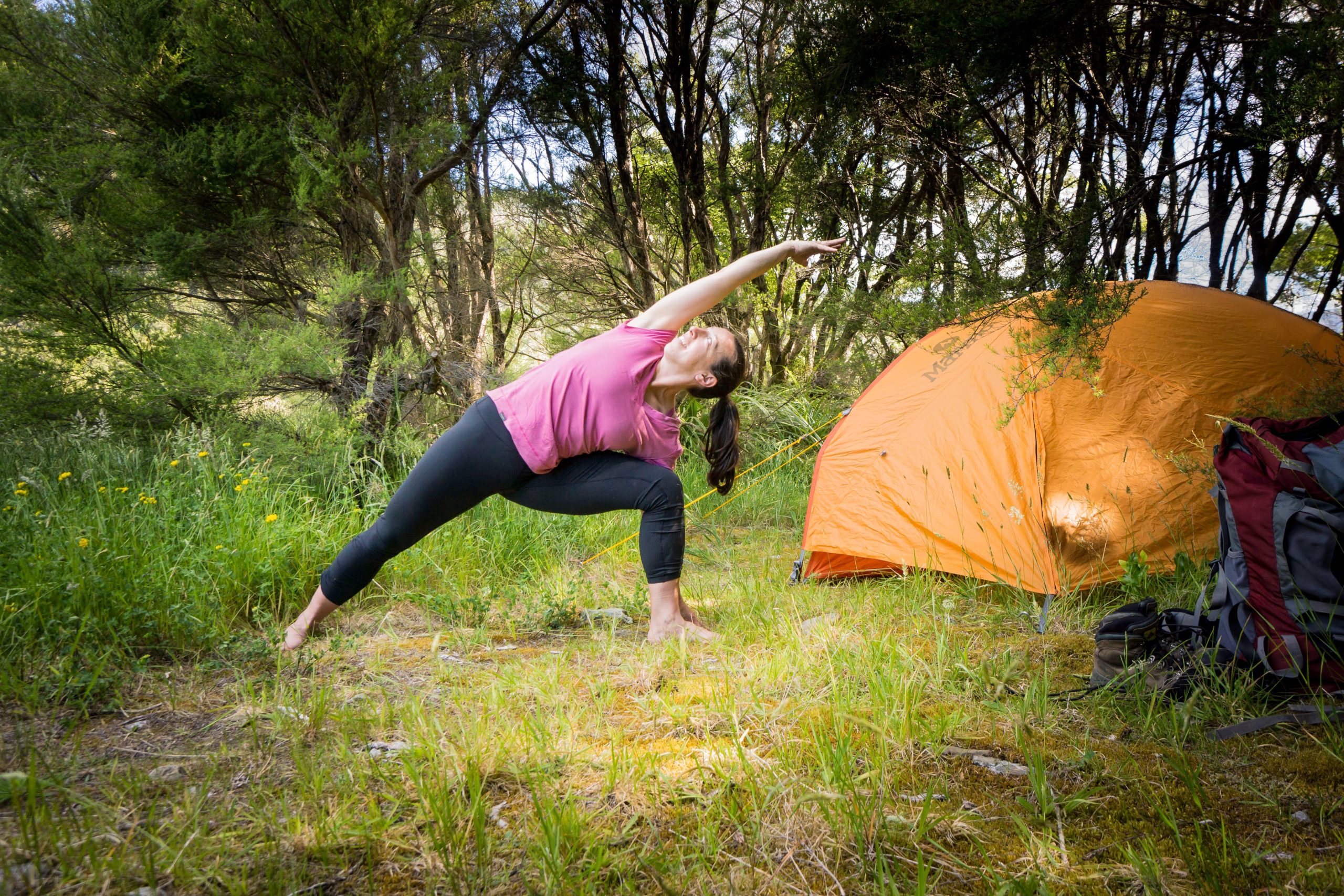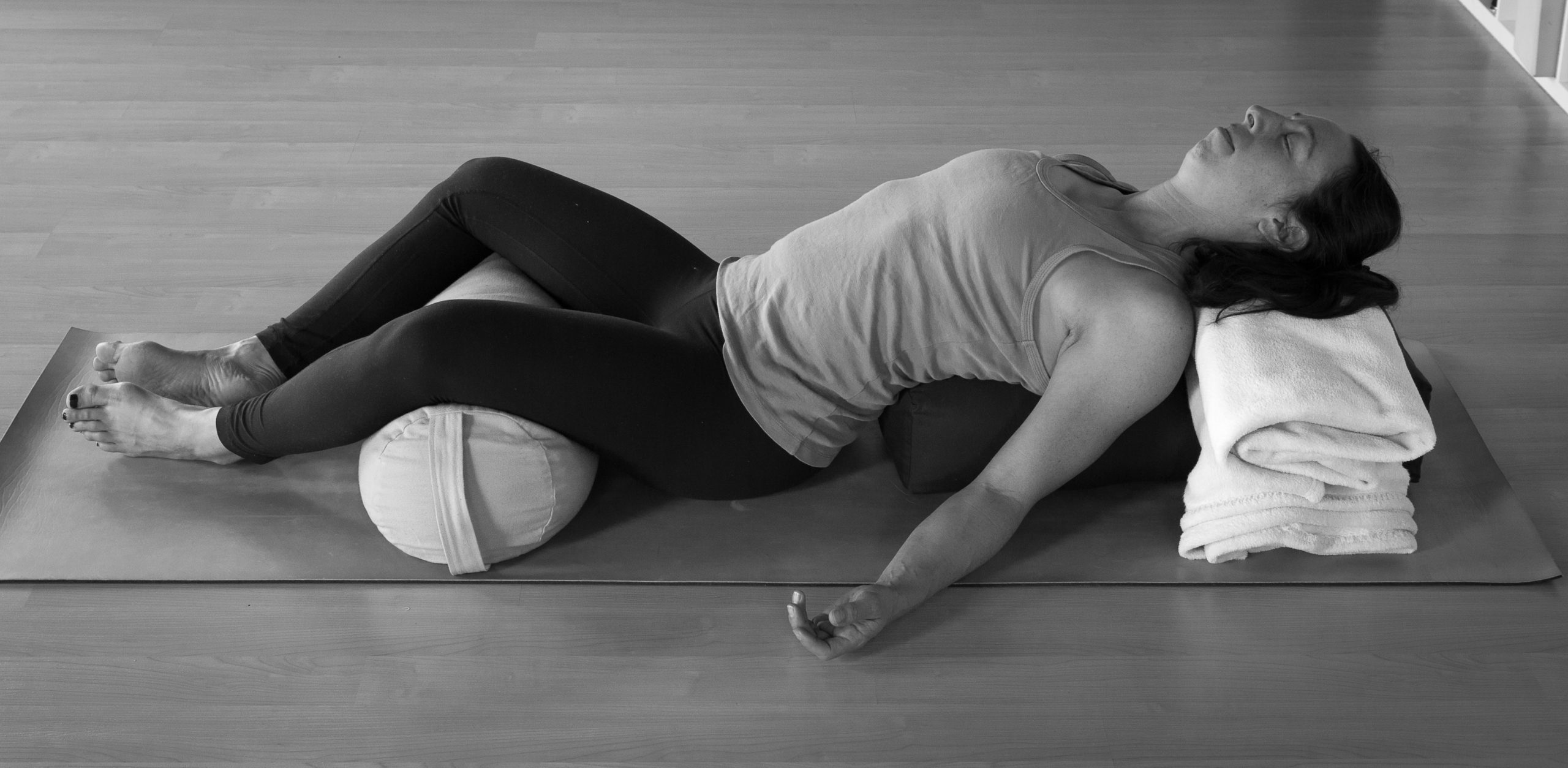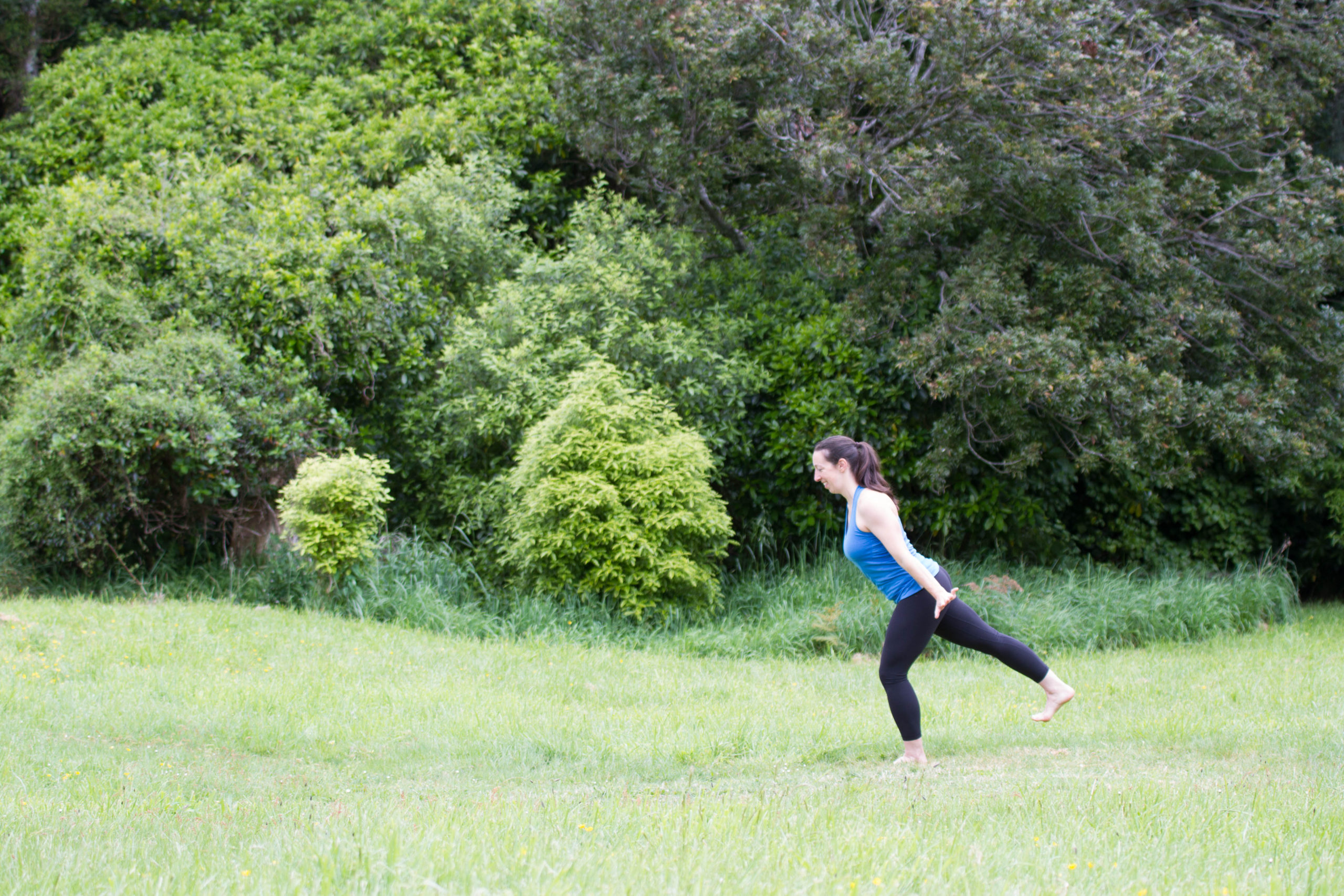If you’ve been to my classes or tried my online videos you’ll know that I rarely feature advanced yoga poses. I want my classes to feel accessible to as many people as possible and I also feel that we can gain more by working with simple and accessible poses from yoga.
It’s like the difference between a 5km run (or walk) and an ultramarathon. Lots of people can run or walk a 5km distance. It’s something many people can do regularly without a lot of work and there are ways to make it challenging and yet unique to each person’s ability.
However, very few people will ever do an ultramarathon and that’s ok. You don’t need to do an ultramarathon to enjoy and gain benefits from running/walking. Most of the physical and mental benefits can be gained by doing small distances on a regular basis in a way that fits your ability.
Yoga is the same. You don’t need the most extreme forms of physical poses, breathing practices or meditation to gain the benefits the yoga. You just need a moderate amount, that works for you on a regular basis.
But let’s look at this a little more, because some of us will be thinking I like the more advanced options, I want to be challenged, I want goals to work towards.
There’s nothing wrong with more advanced options, wanting to be challenging or wanting to work towards goals. But there are many ways to frame advanced and challenging. Let’s go back to the analogy of the 5km run/walk – for example you could try to run a faster time, you could try going entirely uphill, you could try to run with awareness of how you place your feet to improve your technique, etc.
So what does that translate to in your yoga practice? For some reason advanced has become associated with physical postures that emphasise extreme range of motion sometimes combined with strength. For example, here’s a screenshot of Yoga Journal’s online catalogue of ‘advanced yoga poses‘
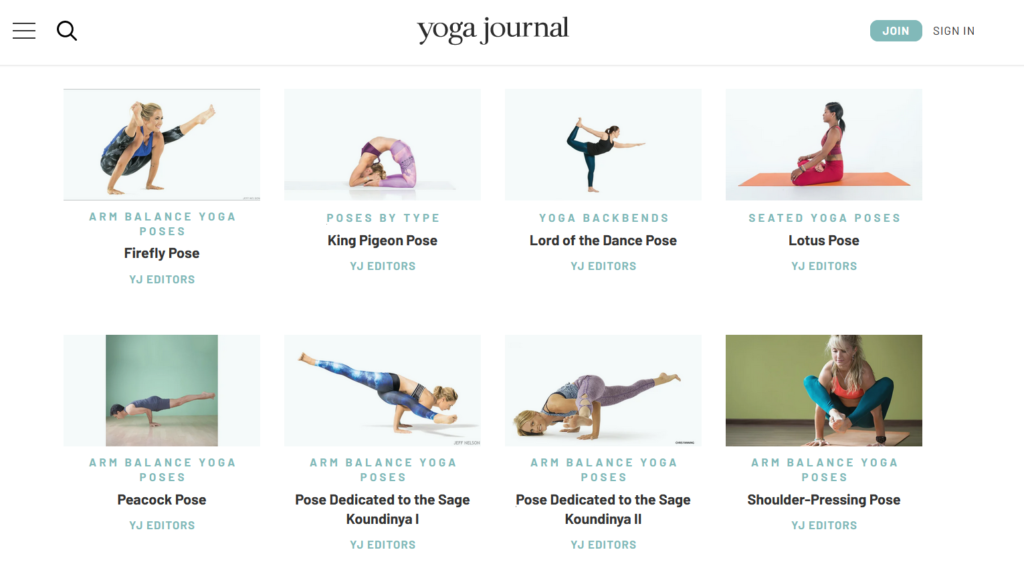
Most bodies will not be capable of these ‘advanced positions’ simply because they require an excessive and specific range of motion, not to mention a particular body type and joint structure that can fit into these positions. But extreme end range of motion (or extreme flexibility) can often lead to injury. And not surprisingly it may not offer heaps in the way of physical and mental benefits. But that doesn’t mean you can’t have challenge.
In my classes we move slower but also work with more accessible movements, because I believe that means you are better able to have body awareness. And that means you can learn more refined control and understanding of your body. By understanding and feeling the different muscles and movements in a simple lunge, you can learn how to change where you feel the stretch and/or strength, and you can learn to turn it on or off, or change the intensity. That is a skill that takes time to learn and is challenging, but a regular yoga practice means time to learn and develop that skill throughout your body and many different positions and formats.
Refining your body awareness and control is just one way to see opportunity to be challenged and learn in your yoga practice. There are many other simple techniques I regularly offer through my classes, like
- try standing positions on your toes
- try any position with your eyes closed (closing your eyes in standing positions can really challenge your balance)
- moving from one position to another and creating new patterns of movement
- keeping arms and legs slightly bent so the muscles have to continuously work without going into a strong position (just think of chair pose/utkatasana)
I have only focused on the physical poses of yoga, but the same principles could be applied to breathing and meditation practices in yoga. You don’t need to push yourself to find challenge or benefit.
And I’ll leave you with one last thought…if you do feel yourself drawn to challenge or goals consider the yoga concept of aparigraha or not being attached to things, including outcomes and goals.

